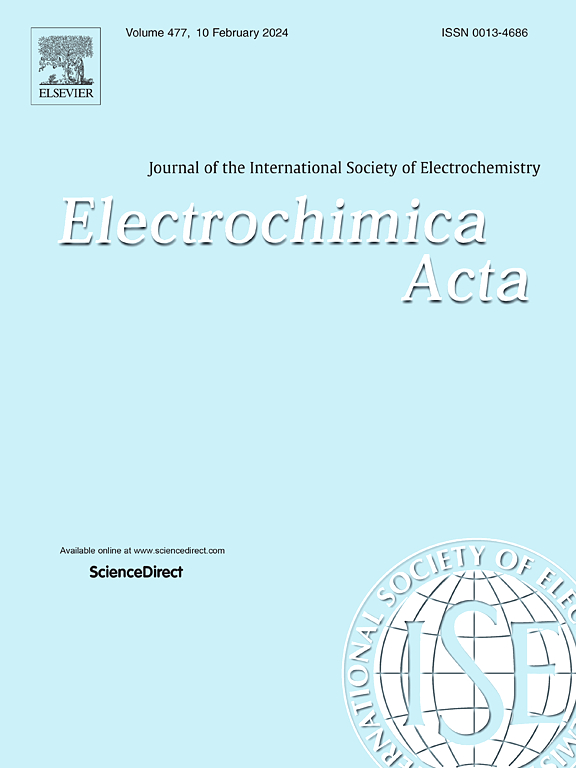普通脱硫弧菌对2205双相不锈钢腐蚀的影响
IF 5.6
3区 材料科学
Q1 ELECTROCHEMISTRY
引用次数: 0
摘要
温度对2205双相不锈钢(DSS)在海洋环境中硫酸盐还原菌(SRB)引起的腐蚀有重要影响。本研究检测了2205 DSS在模拟海水中超过14天的SRB活性和腐蚀行为。电化学测试和表面分析表明,在40°C时SRB活性和生物膜形成最大,大大增加了腐蚀速率。硫化物(FeS₂,FeS)降解了钝化膜,增加了缺陷密度和点蚀敏感性。在60°C时,热应力抑制SRB活力,尽管残余硫化物和氯化物驱动的非生物腐蚀比无菌对照持续更高的腐蚀速率。这些发现表明,在25-40°C时,SRB具有温度依赖性的协同腐蚀机制,在60°C时,SRB转向热加速的非生物降解。本文章由计算机程序翻译,如有差异,请以英文原文为准。
Insights into temperature-dependent microbiologically influenced corrosion of 2205 duplex stainless steel induced by Desulfovibrio vulgaris
Temperature critically influences sulfate-reducing bacteria (SRB)-induced corrosion of 2205 duplex stainless steel (DSS) in marine environments. This study examines SRB activity and corrosion behaviour of 2205 DSS over 14 days in simulated seawater. Electrochemical testing and surface analyses revealed maximum SRB activity and biofilm formation at 40 °C, substantially increasing corrosion rates. Sulfide species (FeS₂, FeS) degraded the passive film, increasing defect density and pitting susceptibility. At 60 °C, thermal stress inhibited SRB viability, though residual sulfides and chloride-driven abiotic corrosion sustained higher corrosion rates than sterile controls. These findings demonstrate a temperature-dependent synergistic SRB corrosion mechanism at 25–40 °C and a shift to thermally accelerated abiotic degradation at 60 °C.
求助全文
通过发布文献求助,成功后即可免费获取论文全文。
去求助
来源期刊

Electrochimica Acta
工程技术-电化学
CiteScore
11.30
自引率
6.10%
发文量
1634
审稿时长
41 days
期刊介绍:
Electrochimica Acta is an international journal. It is intended for the publication of both original work and reviews in the field of electrochemistry. Electrochemistry should be interpreted to mean any of the research fields covered by the Divisions of the International Society of Electrochemistry listed below, as well as emerging scientific domains covered by ISE New Topics Committee.
 求助内容:
求助内容: 应助结果提醒方式:
应助结果提醒方式:


